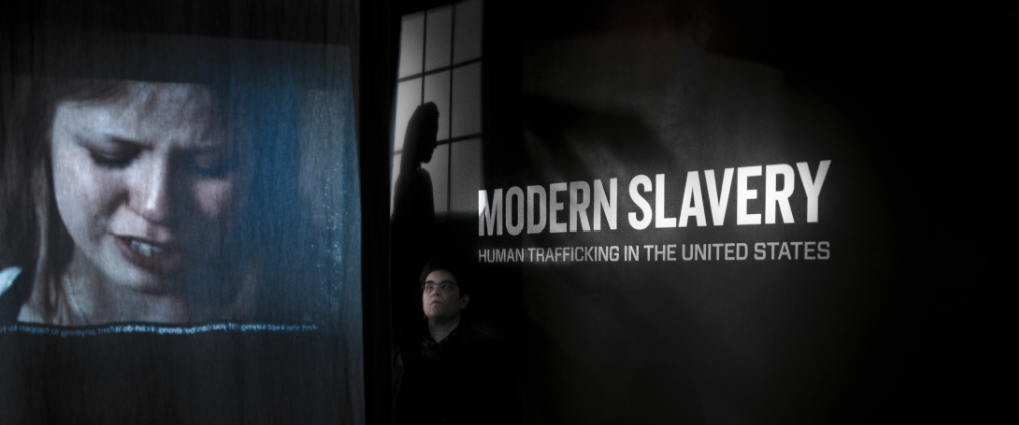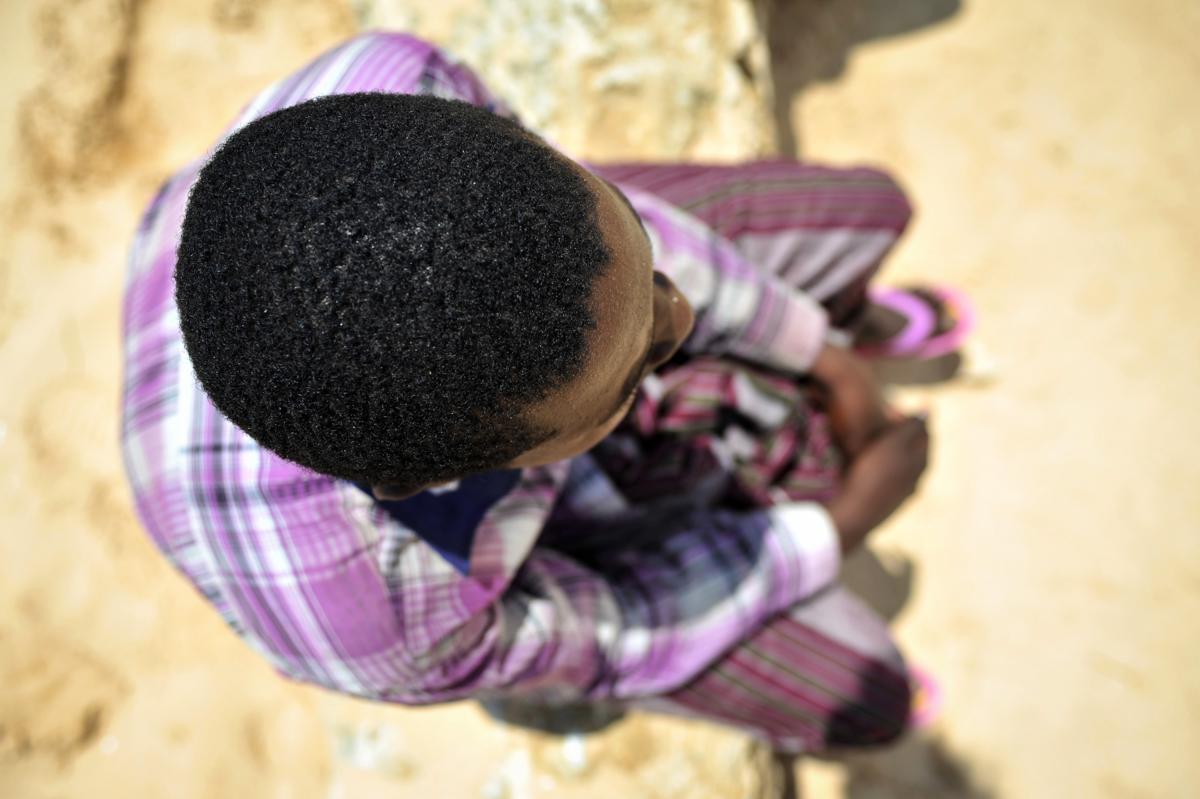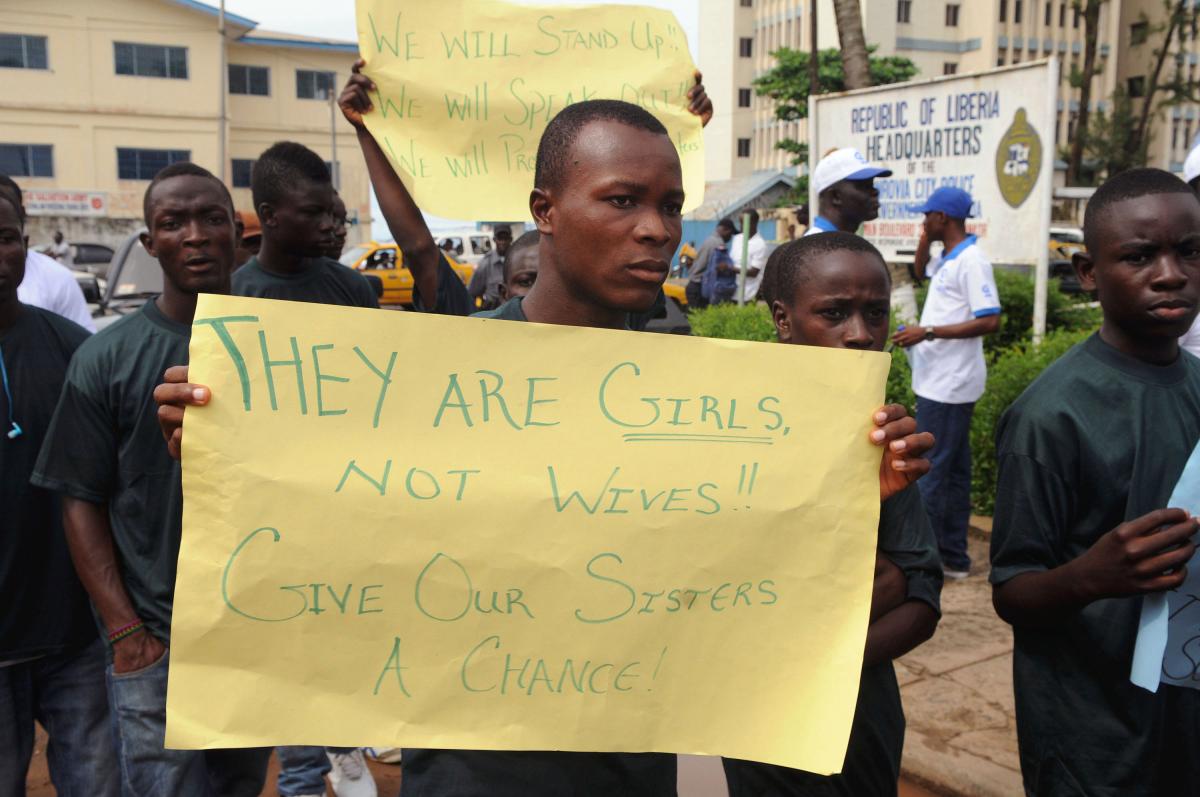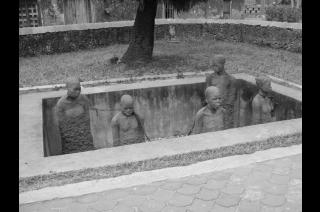In 1949, the United Nations decided to create an International Day for the Abolition of Slavery, to be commemorated on 2 December each year. The Day would serve as a reminder of the horrors of the historical slave trade, whilst raising awareness of modern forms of slavery, which is thought to affect around 21 million today.
One of the aims of the UN is to protect human rights. Slavery was clearly defined as a human rights abuse in the UN's Universal Declaration of Human Rights in 1948.
The Declaration is the cornerstone of the international human rights system. It is the basis for human rights laws around the world. Article 4 of the Declaration states:
No one shall be held in slavery or servitude; slavery and the slave trade shall be prohibited in all their forms.
Historic and modern day slavery
Slavery has existed in all societies across the world throughout history. It has taken many different forms. Perhaps the most well-known and extreme form of historical slavery is the Transatlantic Slave Trade.
It lasted for over 400 years and saw millions of Africans captured, sold and transported to the Caribbean and the Americas where they were forced to work for no pay, in inhumane conditions. This included back-breaking work on plantations, growing crops such as cotton, tobacco, sugar and indigo. Often, families were split up, with children and parents sold to different slave owners.
The enslaved Africans fought for their freedom through many different means, including by refusing to work, destroying plantations and writing about their experience to raise awareness. Their actions, together with mass anti-slavery campaigning in Britain – one of the first human rights movements - led to the passing of the Act for the Abolition of the Slave Trade 1807, ending British participation in the slave trade. In 1833 the Emancipation Act which abolished slavery in British colonies was passed. Other countries followed suit, with Brazil being the last country to abolish slavery in 1888.
A key difference between slavery today and in the past is that slavery is now illegal in every country. Previously, it was sanctioned by governments and supported by many businesses, plantation owners and even some of the public.
Despite being illegal, slavery continues to this day as a result of criminal activity and poor enforcement of the laws against it. Even in Europe and North America, where many people think slavery is a thing of the past, it has returned in new forms, such as human trafficking and child labour.

The picture above was taken at an exhibition on modern slavery in the United States. It features a trafficking victim speaking about her experiences (copyright Howard Revis).
Contemporary slavery
All forms of modern slavery involve forced labour. An enslaved person in the world today has one or more of the following characteristics – they are:
- Forced to work through mental or physical threats
- Controlled by an ‘employer’ under the threat of some form of punishment
- Dehumanised, treated as a commodity or bought and sold as ‘property’
- Physically constrained or have restrictions placed on their freedom of movement and the choices they way
- They receive little or no pay for their work, or work to ‘repay’ a so-called debt to their enslavers, even if they had no say in agreeing this debt
The contemporary slave trade is underpinned by global inequality, poverty and discrimination. It exists in every continuent, with victims usually drawn from socially excluded and marginalised groups.
According to the International Labour Organisation, 8.4 million children are estimated to be in some from of slavery, such as forced labour, prostitution or drug trafficking.
Forms of contemporary slavery

- Forced labour: any work or service which people are made to do against their will under the threat of some form of punishment. This can occur in any industry including agriculture, construction, mining, catering, domestic service, health and social care and forced commercial sexual exploitation
- Bonded labour: occurs when labour is demanded as the means of repayment for a loan or an advance on a loan. Once in debt the people affected lose all control over their conditions of work. Their debt becomes inflated through charges for food, accommodation, transport and exorbitant interest, which trap individuals and families into a cycle of debt with little chance of escape
- The worst forms of child labour: this includes children who are in forced or bonded labour, prostitution, pornography and illicit activities (such as drug smuggling) or who have been forcibly recruited as child soldiers. The picture above is of a former child soldier used by Al Shabaab in Somalia. He was rescued by the African Union Mission in Somalia and handed to the UN Children's Fund, which runs programmes to rehabilitate child soldiers and reunite them with their families (UN Photo / Tobin Jones)
- Descent-based slavery: this occurs when people are forced to work or are treated as if they were owned by other people simply because of their ethnicity or another form of identity
- Trafficking: involves the movement of an individual from one place to another using violence, coercion or deception for the purposes of forced labour or sexual exploitation
- Early and forced marriage: affects women and girls who are married without choice and are forced into lives of servitude often accompanied by physical violence.

In the picture, Liberians march against child marriage. (UN Photo / Emmanuel Tobey)
The work of the United Nations to combat slavery
The United Nations fights slavery using many different tools. One tool is the UN's system of international law, which includes human rights laws and laws against specific forms of modern slavery, such as human trafficking and forced labour.
These laws help to protect people around the world. When a country signs up to an international human rights treaty, it pledges to makes these rights part of its national laws and policies. The government and police can then enforce these laws. The UN also monitors the country's progress. It asks governments to submit regular reports to dedicated committees, which examine them and make recommendations for improvement.
Another tool is the UN's human rights experts, who look into issues such as child soldiers. They visit countries to investigate reported cases of violations and work with governments and local communities to improve observance of human rights. In 2008, the UN appointed its first human rights expert (called 'Special Rapporteur') on contemporary forms of slavery. One of the countries that Rapporteur has worked with is Mauretania.
Mauretania only outlawed slavery in 2007 and has one of the highest rates of slavery in the world. After working with the Rapporteur for a number of years, the country presented the UN with a 'roadmap' on how it plans to eradicate slavery.
Finally, the UN has dedicated agencies, such as the International Labour Organisation (ILO) and UN Office on Drugs and Crime, that work with governments and communities to prevent modern forms of slavery and support victims.
This film features Kailash Satyarthi, who was honoured with a Nobel Peace Prize in 2014 for his fight against child labour. He has worked with the ILO throughout his career and has rescued nearly 80,000 children.

